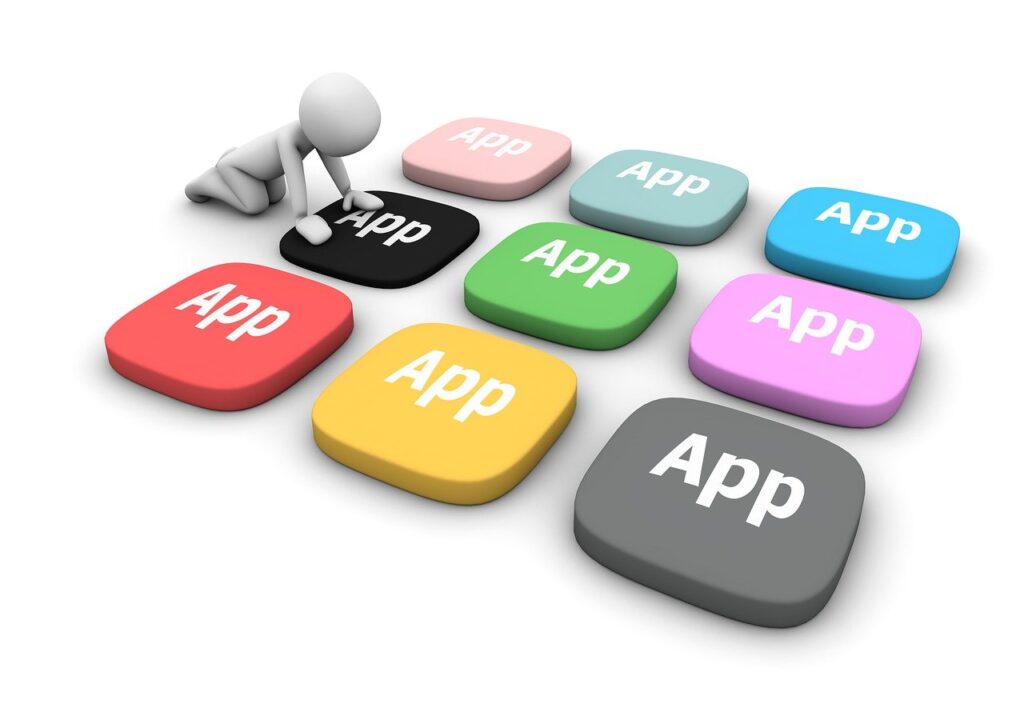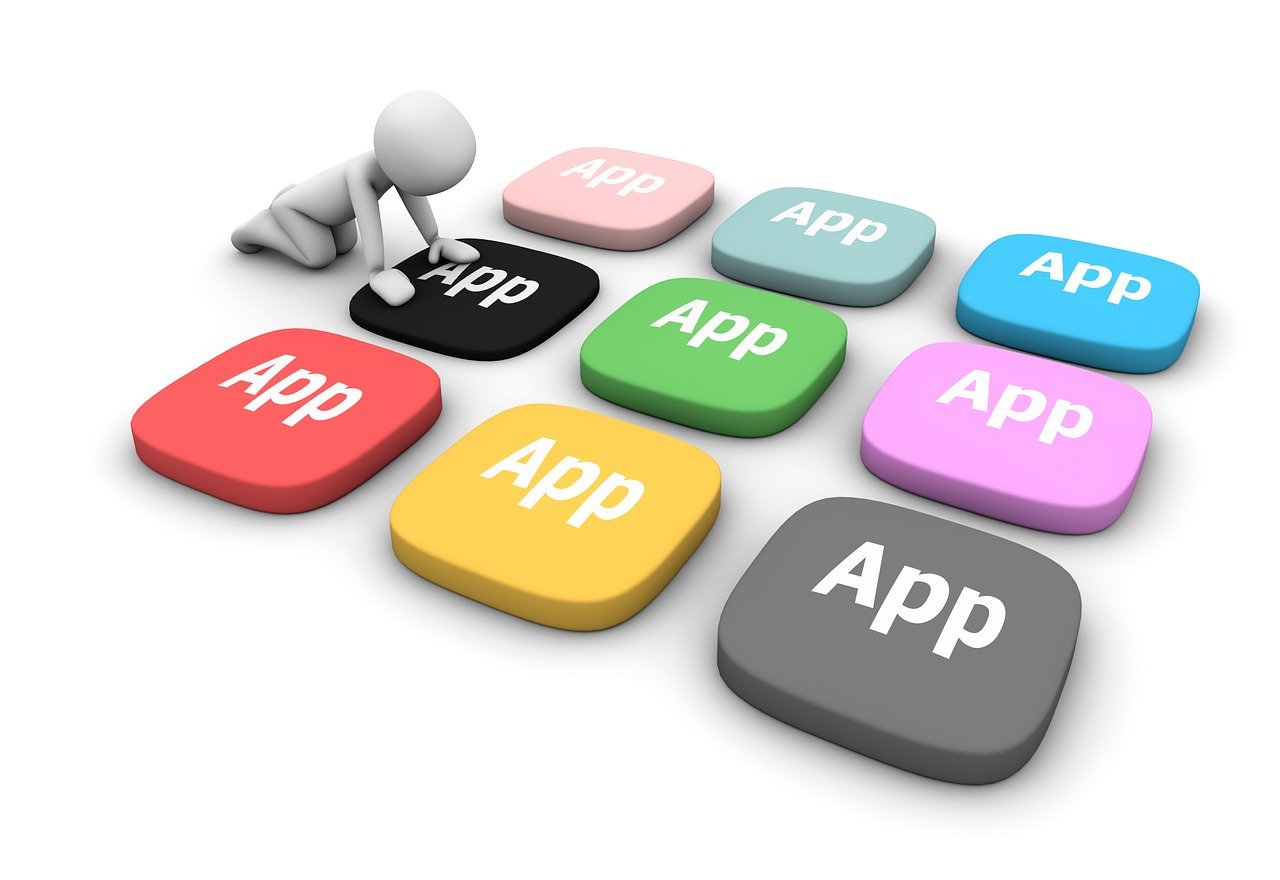Now that we’ve looked at the structure of your content marketing strategy, we need to think about how to implement it. There’s more to it than just creating a bunch of content and spreading it all over the web and having it all directed to your blog. You have to create a schedule, but you have to plan it before you can implement it.
How do you create a schedule?
Let me say first of all that this is really not about time. I know that sounds a bit strange. What I mean is that, it’s not about the amount of time you spend doing it. It’s about how often you want to publish it. It’s the frequency that will dictate how much you do. That will then tell you how long it will take you to do it. You have to start with how often you want to publish your content.
There are a couple things I need to say about this. The first one is that you need to remember that your blog is the focal point for everything you do. In fact, you might want to write that at the top of your plan so that you’ll see it whenever you work on it. It’s really easy to get drawn away from this because to a certain extent all of the different platforms can appear to be equal. What I’m saying is that if you’re not paying any attention you can find yourself directing your blog traffic somewhere else. You always have to remember why you’re doing this.

The second thing is, your primary goal is to demonstrate that you’re the expert in your niche. That means that besides distributing content at predetermined intervals, the quantity can never supersede the quality. With those two things in mind, let’s think about how to structure your schedule:
First, how do you want to make your implementation of this strategy look over the next 90 days? Most businesses make plans for 3 months at a time. How do I know this? It’s because they all have quarterly reports.
3 months will give you enough time to identify trends in your niche without getting bogged down in micromanaging it. It will also give you some flexibility. I should caution you too not to be too ambitious in this first quarter. Things have a way of taking a lot longer than you think they will. You’ll want to use this period of time as a step to help you later on. Remember that your blog is your primary platform.
Next, you need to pick one more. That will give you two platforms to start. Three is probably the maximum you can ever expect to do well, once you’re really in the zone, once you’re really able to create content. You should plan to stick with two as you’re getting started.
Choosing an Outpost Platform for Your Content
Which platform, or outpost, aside from your blog should you choose?
That really depends on the medium you plan to use on your blog. If the content on your blog will be primarily text, choose a text based platform, like an article directory. If your content will be video primarily, then choose a video source. YouTube is the second largest search engine on the internet.
Same thing is true for audio. If you plan to make recordings, choose another platform where you can do that. If you publish a podcast on your blog, it can push out to several major directories at once.
You’re probably wondering, why does it matter whether or not there’s any sort of consistency between the two platforms? There are a couple of really good reasons:
The first one is that you are able to create your content much more quickly if you do it that way. So if you are doing all in text, it’s going to be a lot easier to think about it. It’s much easier to think writing, or to think audio, or to think video, that it is to think writing and audio, or writing and video, or audio and video. Each requires slightly different skills, not only to create the content, but also to upload it. Since speed is a critical piece in order for you to be able to create content, you don’t want to ever do anything that’s going to slow you down.
The second reason that you want to have some kind of consistency is that people want to stay with the same kind of medium. It’s not the sort of thing that’s going to be really obvious. Let me give you an example.

Let me ask you this question: Which do you prefer, text, audio, or video?
If you would rather read in order to learn how would you feel about being forced to watch a video for an hour? Maybe video is your thing, it is for an awful lot of people. The thing is that people who want to watch don’t like to read. I know a lot of people who do not like to read. You can see the problem.
If you mix the media, then the people who want to read probably won’t watch your videos or listen to your audios. People who want to listen probably won’t read what you’ve written. And neither of them will want to watch other things either. That means if you do 2 or 3 in more or less equal amount on your blog, then half or 2/3rds of your visitors won’t get much value out of it. What happens when you go to a website where the majority of what’s on it is of no interest to you? You don’t hang around do you? You leave. Your prospects will do exactly the same thing.
Does that mean that you should never put an audio on your blog if you write for the most part? No, not at all. A little variety is fine. I’ve seen blogs where they have a post, then PDF’s, audios, then video for the post… All created for the same content.
That’s so that the people who prefer one over the other can consume the information in whichever way they want to. But if you do that it means that you’re going to be putting in 2 or 3 times as much work as you are just for the one type. Even if you have the in-house expertise, it probably isn’t a good idea to do this for at least the first 90 days. Remember, you’re still getting your feet wet on this, so there’s no reason to jump into the deep end.
The main thing is to choose what’s going to be easiest for you to do and make that the #1 way that you use for most of your platforms.
You have 2 platforms, choose the same media.
